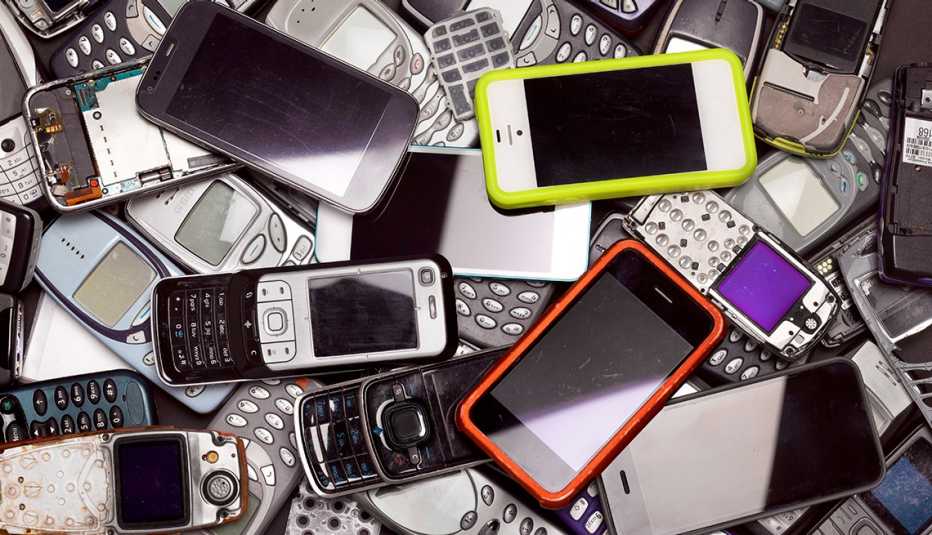AARP Hearing Center


Touting pro-grade cameras, hot-to-trot displays, big batteries and features born of artificial intelligence, Samsung took the wraps off three pricey Galaxy S22 series smartphones this month, the freshest iterations of the company’s flagship Android handsets.
By all appearances, the phones, which start at around $800 and soar past four figures on some models, look impressive. But you could have said the same of the then-state-of-the-art Galaxy S-series phone you might have purchased two or three years ago. That Galaxy is still more than capable, and you may decide not to buy this time around, even with decent trade-in offers.
But suppose you do buy. In 12 to 36 months, or whenever some prized new model catches your fancy, might you be tempted again?
This do-I-or-don’t-I replacement mindset is by no means only a Samsung issue. Apple devotees have similar thoughts whenever new iPhones are released. The same goes when other companies unveil their latest and greatest. Marketers prey on your uncertainties by communicating the not-so-subtle message that what you have now is long in the tooth, no matter its chronological age.
That’s true not only for phones but for a host of tech products: computers, fitness trackers, refrigerators, smartwatches, tablets, televisions and washing machines. Even if you’re not the type of person who jumps at the next big thing — or doesn’t have the finances to do so — you may wonder about the lifespan of all the tech products in and around your home.
Reasons to retire a product
How long you want your devices and appliances to last doesn’t often square with how long they actually do last. Why the disconnect? Are such products past their prime?
Maybe yes, maybe no — the answer is tied to the age, condition and type of gear approaching retirement. Things get dinged up, parts fall off, batteries reach their limits and stuff breaks. Is fixing it impractical or too costly? Are parts still available or has the warranty expired? Does the product lack the technological muscle to handle the latest features or software updates? Has the manufacturer pulled the plug on support?
Eventually things get left behind for factors beyond your control. For example, the phone you’re still using from a decade ago will be neutered when the wireless carriers shut down their 3G networks, starting with AT&T on Feb. 22, 2022.
Or perhaps you ditch the old simply because you’ve been seduced by the promise of the new.
Do companies practice planned obsolescence?
In 1924, light bulb manufacturers formed what was known as the international Phoebus cartel to coordinate pricing and lower bulb life. Almost 100 years later, the concept of planned obsolescence, a term that dates to at least the Great Depression, often has a conspiratorial tone attached to it.
The concept suggests companies don’t want products that live indefinitely, so they can produce profitable replacements. And manufacturers may use flimsy parts or employ cheaper labor to drive down their costs.





































































